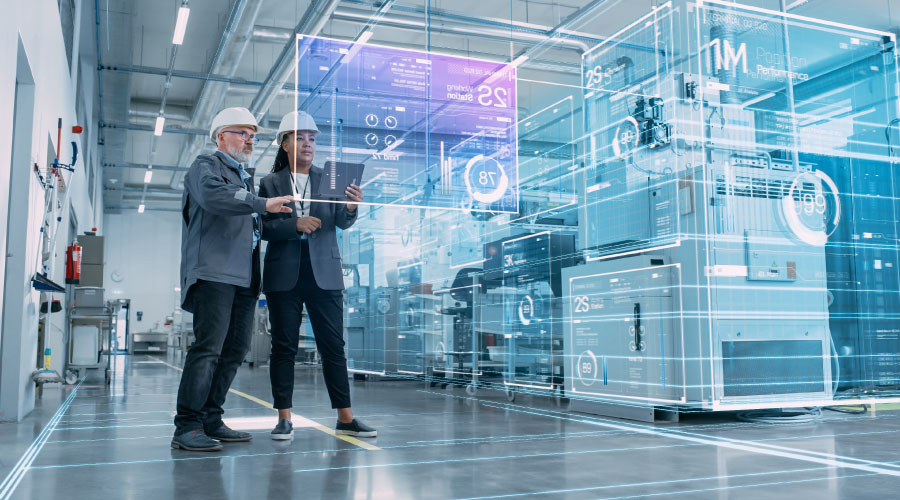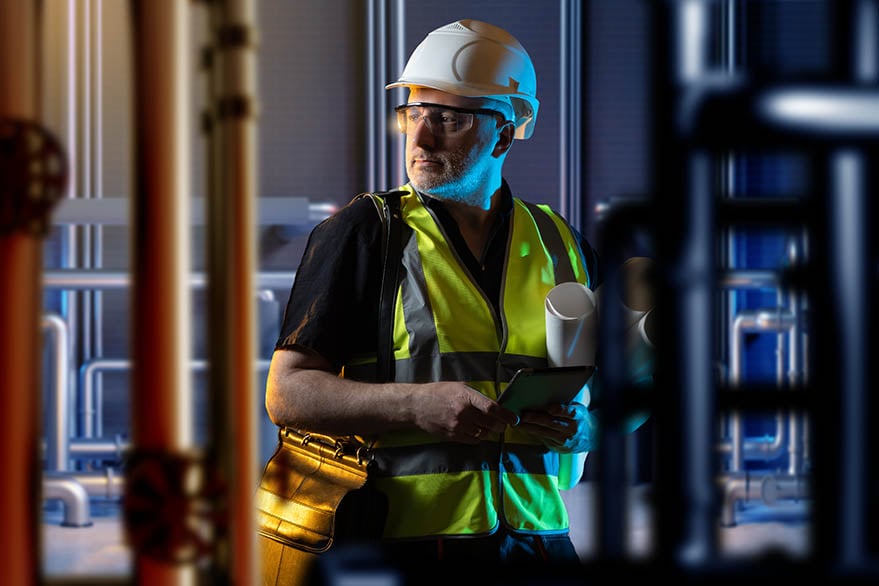Facility Management Trends That Are Forming the Future of Office Dynamics
Wiki Article
Maximize Effectiveness and Safety And Security: Best Practices in Facility Management
In today's swiftly evolving landscape, making best use of efficiency and safety and security in facility management has become an important focus for companies aiming to enhance functional efficiency. By integrating smart technology, prioritizing upkeep protocols, and fostering a culture of security, center supervisors can significantly boost both efficiency and compliance. The difficulty exists in efficiently executing these methods while navigating the intricacies of modern-day work environments. What certain methods can be utilized to make sure that these initiatives not only coexist yet additionally strengthen one an additional in a lasting fashion?
Embrace Smart Modern Technology

Carrying out wise sensing units and automation systems enables specific tracking of ecological problems, occupancy degrees, and devices performance. This data-driven method not only educates decision-making however additionally supports predictive upkeep, minimizing downtime and expanding property life. Additionally, clever technology enhances customer experience by developing adaptive settings that react to the requirements of residents.
Incorporating smart platforms likewise advertises sustainability efforts, such as energy-efficient lights and cooling and heating systems, adding to reduced carbon impacts. By accepting these developments, center managers can ensure that their procedures remain competitive, resistant, and lined up with contemporary sustainability objectives. Eventually, the shift in the direction of wise technology represents a transformative action in redefining center monitoring for a much more effective and lasting future.
Prioritize Normal Maintenance
Regular upkeep is important for ensuring the long life and efficiency of facility operations. A well-structured maintenance program not just expands the life of devices and framework however additionally reduces the probability of unanticipated failings that can interrupt procedures. By prioritizing normal maintenance, facility managers can recognize prospective issues early, enabling for prompt interventions that decrease pricey repair work and downtime.Developing a regular maintenance timetable is important. This must consist of normal evaluations, servicing, and needed repair services for all tools, HVAC systems, pipes, and electric systems. Making use of a digital upkeep management system (CMMS) can simplify this procedure, giving tracking and notifies for upcoming upkeep tasks.
Furthermore, cultivating a culture of liability amongst team enhances the performance of maintenance initiatives. Educating personnel to recognize and report upkeep concerns can result in aggressive management instead of reactive actions. In addition, documenting maintenance tasks makes sure compliance with security guidelines and offers useful understandings for future preparation.
Implement Security Training Programs
A thorough security training program is vital for cultivating a protected workplace in any type of facility. Facility Management. Such programs furnish workers with the expertise and skills needed to identify risks, implement safety procedures, and react successfully in emergencies. By prioritizing safety and security training, organizations can considerably lower the danger of injuries and mishaps, therefore enhancing general performanceTo apply an effective security website training program, it is important to tailor the material to the details demands of the facility and its procedures. This consists of performing an extensive threat assessment to identify prospective risks distinct to the office. Training must incorporate a variety of website topics such as correct tools use, emergency emptying procedures, and initial help methods.
Furthermore, it is crucial to involve employees proactively throughout training sessions. Making use of real-life situations and hands-on demos can improve understanding and retention of safety techniques. Normal correspondence course should also be arranged to keep security recognition at the forefront.
Optimize Area Usage
Effective space usage is an important component of facility administration that straight affects operational performance and cost-effectiveness. Organizations often fight with underutilized or overcrowded spaces, leading to inefficiencies and enhanced expenses. To optimize area usage, facility supervisors must carry out regular assessments to identify exactly how areas are currently being used and where enhancements can be made.Implementing versatile work area styles, such as open office formats or modular furnishings, can considerably improve adaptability to changing needs. Furthermore, leveraging modern technology, such as room management software, can offer beneficial insights right into occupancy patterns and help determine underused locations.

Establish Clear Interaction Channels
Maximizing area utilization often reveals the need for durable communication approaches within a facility. Clear interaction channels are vital for assisting in effective cooperation among staff, upkeep groups, and monitoring. By establishing these channels, center supervisors can guarantee that info streams flawlessly pertaining to space use, functional changes, and security protocols.Applying a multi-faceted communication technique-- combining digital systems, such as e-mails and team partnership devices, with face-to-face interactions-- can substantially boost engagement and info dissemination. Routine meetings should be arranged to go over continuous tasks, address problems, and share updates. In addition, developing a centralized details center, such as an intranet, allows workers to gain access to essential papers and news conveniently.
Moreover, feedback systems are essential to evaluate the efficiency of interaction strategies. Encouraging personnel to share their insights can cause renovations and promote a society of visibility. Educating programs focused on interaction abilities can further encourage staff members to share details plainly and properly.
Inevitably, establishing clear interaction networks not just takes full advantage of effectiveness however also improves safety and security by ensuring that every person is educated and lined up with the facility's functional objectives.

Final Thought
In conclusion, the assimilation of wise innovation, routine upkeep, detailed security training, optimized space utilization, and reliable interaction channels collectively boosts effectiveness and safety in center management. By leveraging IoT and AI for real-time surveillance, organizations can minimize operational costs while guaranteeing conformity with security regulations. An aggressive approach to upkeep and training promotes a much safer office setting, eventually resulting in boosted performance and business success. These best techniques offer as crucial parts for efficient facility administration.In today's rapidly evolving landscape, making the most of effectiveness and safety and security in facility administration has come to be an essential emphasis for companies aiming to improve operational performance. By incorporating smart technology, focusing on upkeep methods, and cultivating a culture of security, center managers can considerably boost both performance and conformity.To execute an effective safety training program, it is critical to customize the content to the certain requirements of the center and its procedures. By developing these networks, facility supervisors can make sure that information moves seamlessly regarding room use, functional changes, and safety procedures.
In conclusion, the assimilation of smart innovation, normal upkeep, detailed safety and security training, enhanced space usage, and effective interaction networks collectively improves effectiveness and safety and security in facility administration. - Facility Management
Report this wiki page